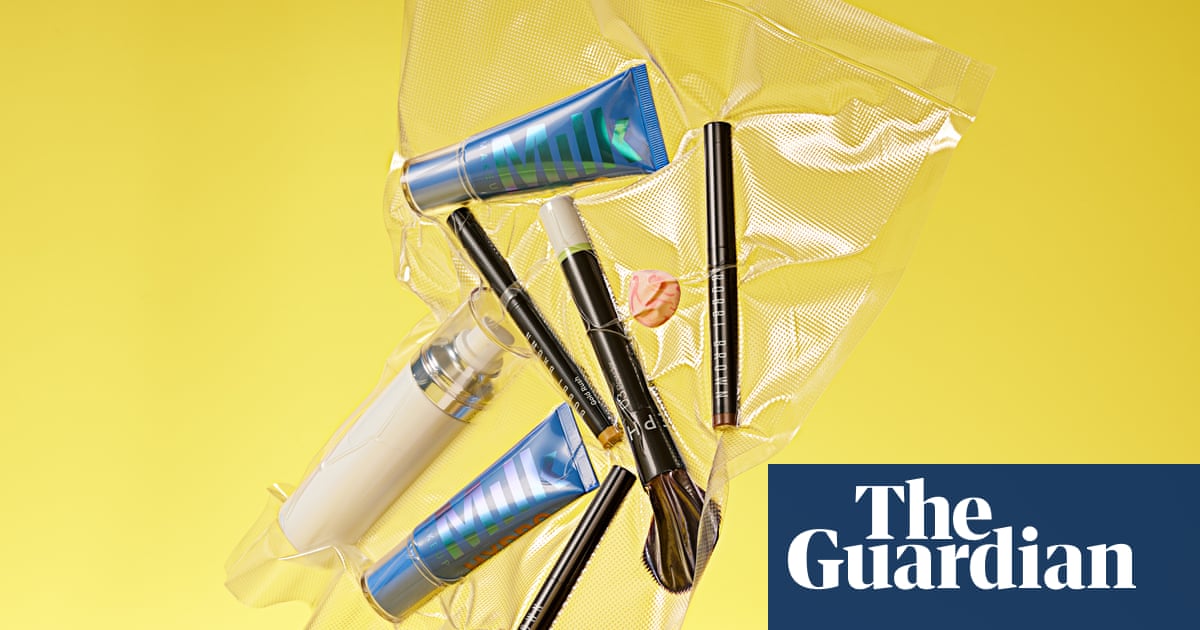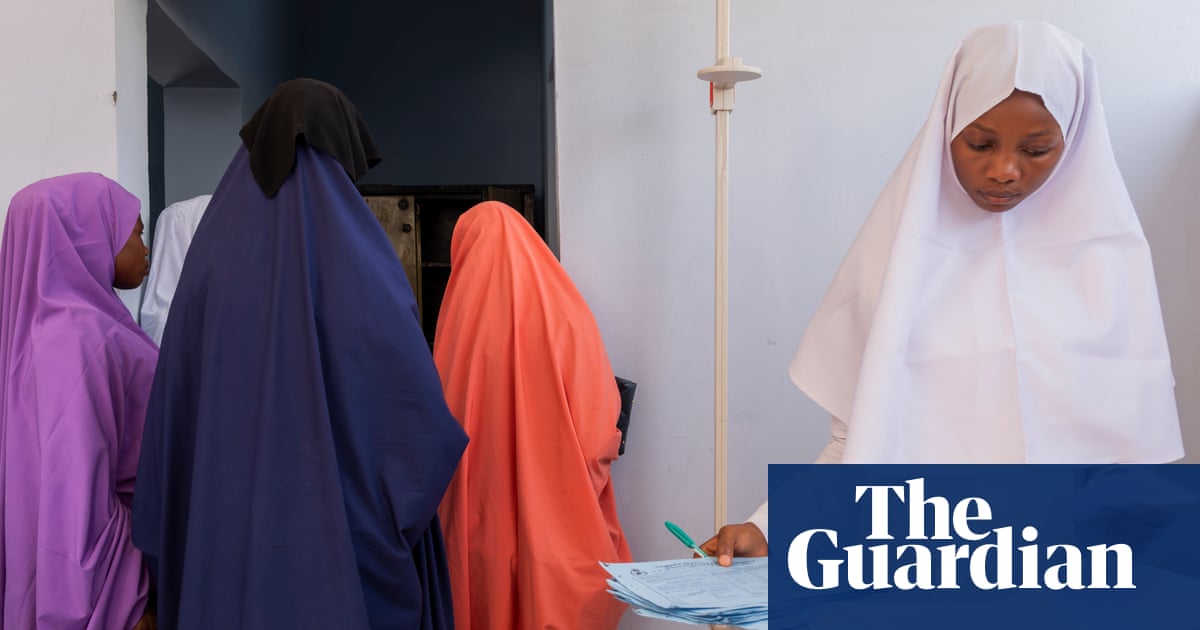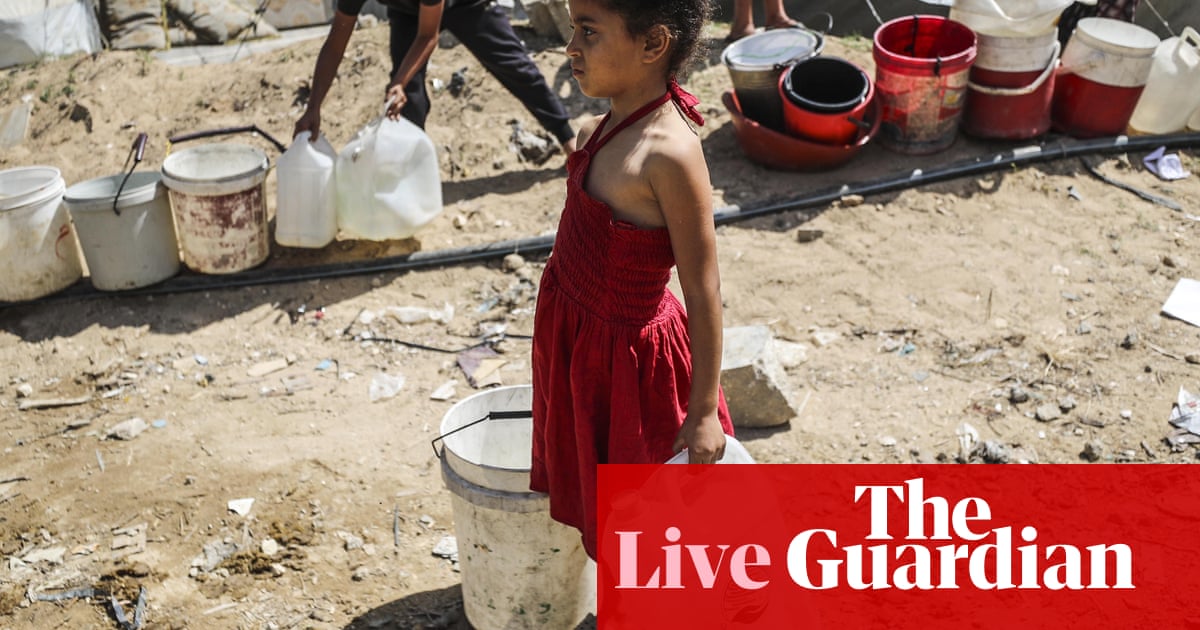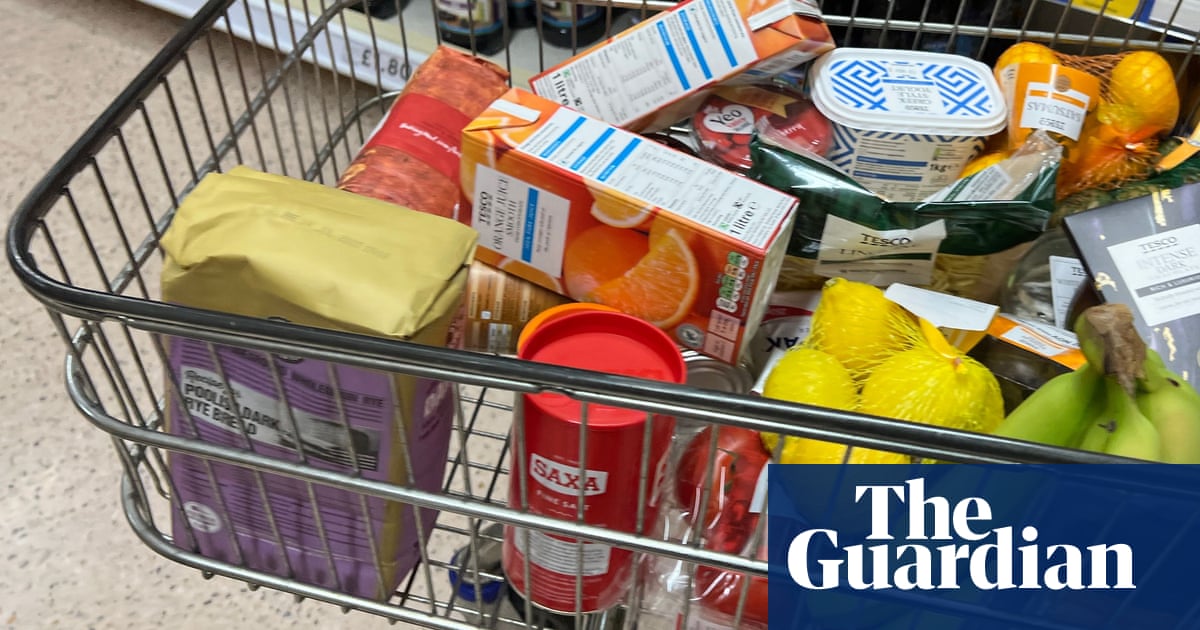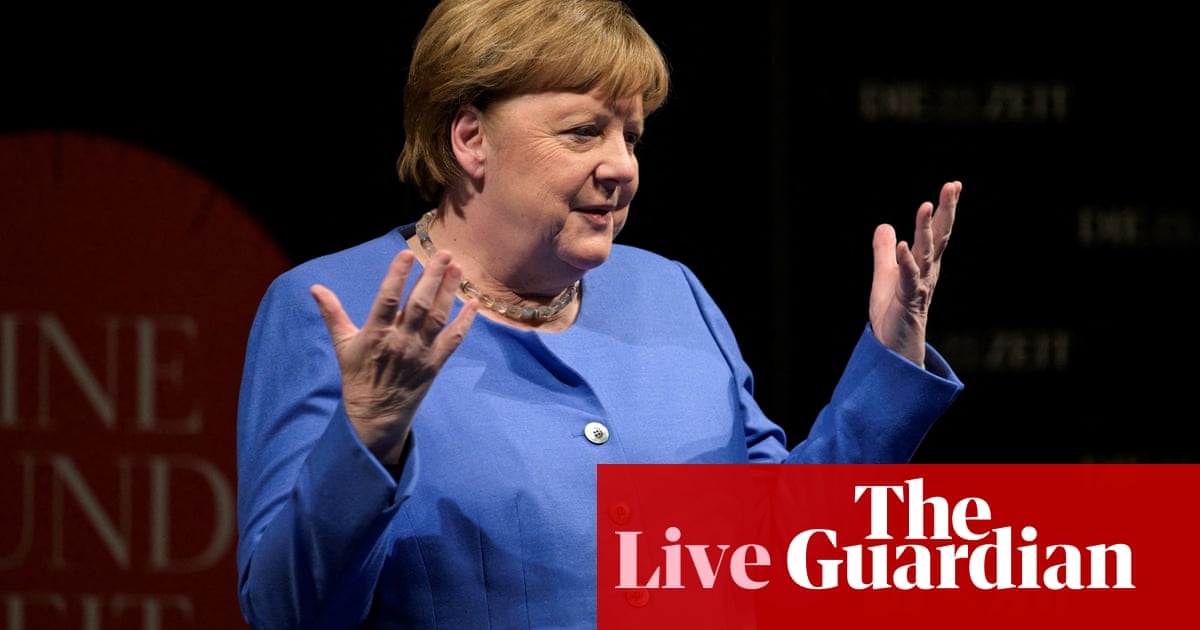Demand for copper, needed for the transition to a low-carbon world, will outstrip supply within the next decade, according to the global energy watchdog.
Supplies of the metal, a key component of every form of electrical energy system at present, will fall 30% short of the amount required by 2035 if nothing is done, analysis by the International Energy Agency predicts.
Fatih Birol, the executive director of the IEA, said: “This will be a major challenge. It’s time to sound the alarm.”
He said developed countries should aim to do more of the refining of copper and other key metals needed for industry, and form partnerships with developing countries to do so.
Critical minerals that are necessary for manufacturing solar panels and wind turbines, and transforming the global energy system, are overwhelmingly being refined in China, though they are mined in many locations, including Africa, Australia and Latin America.
China processes more than 70% on average of the world’s top 20 minerals needed in the energy industry, according to IEA data. Elements such as cobalt, gallium, lithium and manganese are used in the production of batteries and electrical components needed for renewable energy generation.
This stranglehold is increasing, even though the prices of many critical minerals have fallen from the highs of 2021 and 2022, when the shock of the Covid pandemic created a supply crunch. The average share of the top suppliers is expected to decline only marginally over the next decade.
Birol said more must be done to increase the supply of critical minerals if the world was to shift to a low-carbon economy.
“Diversification is key,” he said. “The UK, Europe, Japan, the US, South Korea – the technology is there. Africa, Latin America have the resources. There could be international cooperation among countries.”
Governments should intervene, as market forces alone would not solve the problem, he added. “There is a need for government policies, to support new entrants [in the market],” he said.
Developing these industries and trade links would diversify the global supply and could prevent bottlenecks and potential price rises, like those seen in 2021. “If the costs go up, that would be a major, if not the most important, hurdle” to shifting to a green economy, Birol said. “This is a major, major issue.”
Copper must be a key concern, he added. It takes on average 17 years from the discovery of new deposits to the production of the metal.
“We have analysed all the copper mining, in Latin America, Africa, Australia – all the pipelines,” said Birol. “[Rising costs would] make the cost of the green transition significantly higher, and may lead to delay.”
But he said that if governments took rapid action, they could reduce the projected shortfall. “[A supply crunch] is not inevitable. We can soften it if we move very fast, by putting new projects to market very fast, by recycling copper, and substituting copper with other metals such as aluminium, to alleviate the problem.”
China’s build-out of its electricity grids, as it moves to clean energy and the manufacturing of clean technology components such as solar panels and wind turbines, has been the biggest factor behind the sharp increase in demand for copper in recent years.
The need for other critical minerals has also increased rapidly. Demand for lithium rose by nearly 30% last year.
The IEA warned that any disruption to supply would be dangerous, not only for the green energy transition but also to the wider global economy.
“The impact of a critical minerals supply shock can be far-reaching, bringing higher prices for consumers and reducing industrial competitiveness,” according to the report.
“A sustained supply shock for battery metals could increase global average battery pack prices by as much as 40-50%.”

 4 hours ago
1
4 hours ago
1




